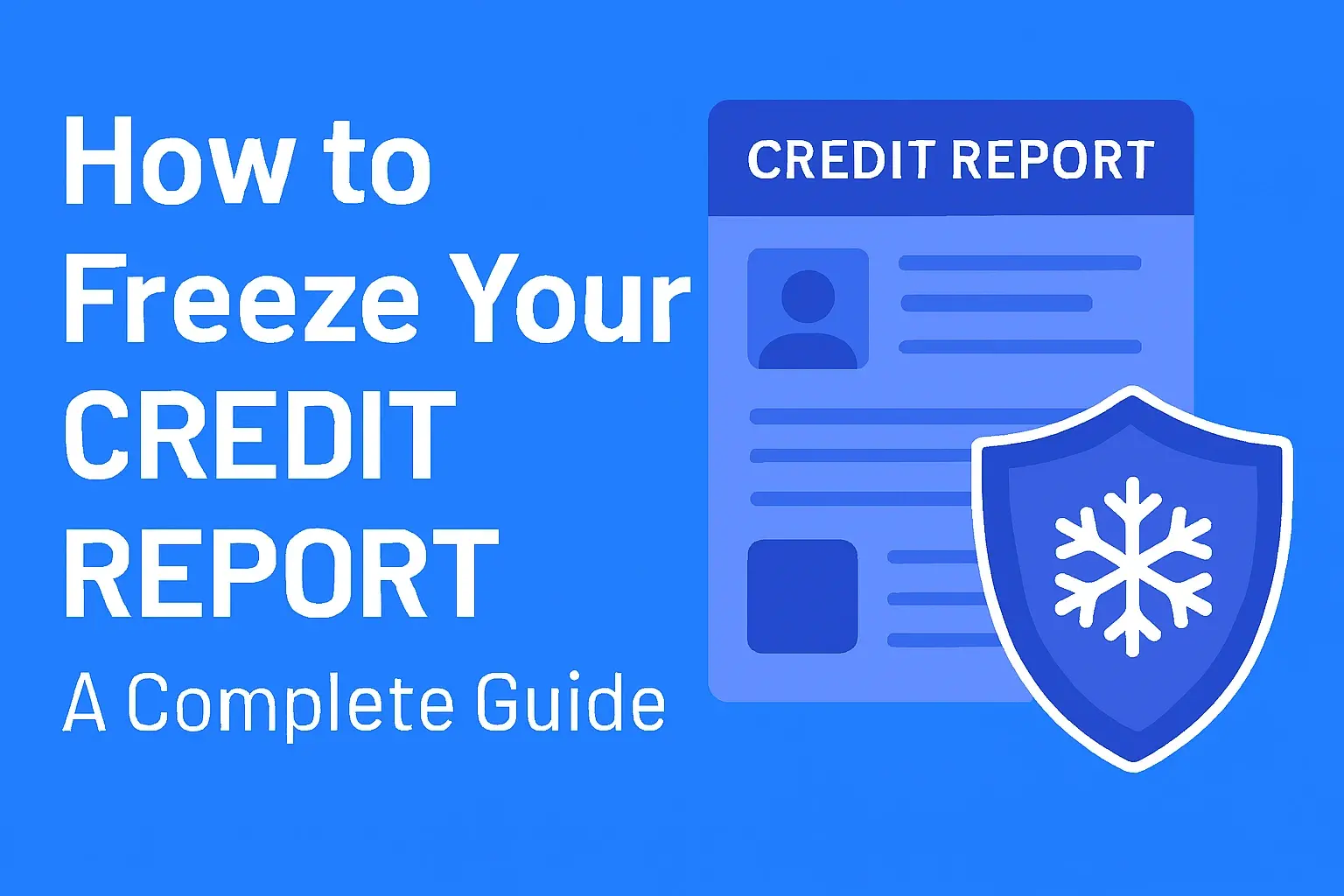-
Posted on: 03 Dec 2024

-
Your credit score is a crucial factor in many aspects of your life, from securing loans and mortgages to getting approved for credit cards and even renting an apartment. A low credit score can limit your options and cost you money in higher interest rates. This comprehensive guide will provide you with the knowledge and tools you need to repair your credit score and achieve FICO success.
Understanding Your Credit Score
Before you can begin repairing your credit, it's essential to understand what a credit score is and how it's calculated. Your credit score is a three-digit number that represents your creditworthiness. The most widely used credit scoring model is FICO, developed by Fair Isaac Corporation.
What Makes Up Your FICO Score?
Your FICO score is based on several factors, each weighted differently:
- Payment History (35%): This is the most important factor. It reflects whether you've paid your bills on time.
- Amounts Owed (30%): This considers the total amount of debt you owe and your credit utilization ratio (the amount of credit you're using compared to your available credit).
- Length of Credit History (15%): A longer credit history generally leads to a higher score.
- Credit Mix (10%): Having a mix of different types of credit (e.g., credit cards, loans) can positively impact your score.
- New Credit (10%): Opening too many new accounts in a short period can negatively affect your score.
Understanding these factors allows you to focus on the areas where you can make the most significant impact.
Step 1: Obtain Your Credit Reports
The first step in repairing your credit is to obtain copies of your credit reports from all three major credit bureaus: Equifax, Experian, and TransUnion. You are entitled to a free credit report from each bureau annually at AnnualCreditReport.com.
Why Check All Three Reports?
It's crucial to check all three reports because not all creditors report to all three bureaus. Errors or inconsistencies may appear on one report but not another.
What to Look for in Your Credit Reports:
- Inaccurate Information: Look for errors such as incorrect account balances, accounts that don't belong to you, or late payments that were made on time.
- Outdated Information: Most negative information stays on your credit report for seven years, while bankruptcies can stay for up to ten years. Ensure outdated information is removed.
- Duplicate Accounts: Sometimes, accounts are listed multiple times, which can negatively impact your score.
Step 2: Dispute Errors on Your Credit Reports
If you find any errors on your credit reports, dispute them with the credit bureaus immediately. You can do this online, by mail, or by phone, but it's best to dispute in writing to have a record of your dispute.
How to Dispute Errors:
- Write a Dispute Letter: Clearly state the error you're disputing and why you believe it's incorrect. Include copies of any supporting documentation, such as payment records or statements.
- Send Your Dispute Letter: Send your letter via certified mail with return receipt requested to each credit bureau where the error appears.
- Follow Up: The credit bureaus have 30 days to investigate your dispute. If they find the information is incorrect, they must correct it.
Credit Tip: Keep copies of all correspondence with the credit bureaus and creditors. This will be helpful if you need to escalate your dispute or provide additional information.
Step 3: Pay Down Your Debts
Reducing your debt is crucial for improving your credit score. Focus on paying down your debts, especially those with high interest rates, and keeping your credit utilization ratio low.
Strategies for Paying Down Debt:
- Debt Snowball: Pay off your smallest debts first to gain momentum and motivation.
- Debt Avalanche: Pay off your debts with the highest interest rates first to save money on interest.
- Balance Transfer: Transfer high-interest balances to a credit card with a lower interest rate.
- Debt Consolidation: Combine multiple debts into a single loan with a lower interest rate.
The Importance of Credit Utilization
Credit utilization is the amount of credit you're using compared to your available credit. It's recommended to keep your credit utilization below 30% on each credit card and overall. For example, if you have a credit card with a $1,000 limit, try to keep your balance below $300.
Step 4: Make Payments on Time, Every Time
Payment history is the most significant factor in your credit score. Late payments can severely damage your credit. Set up automatic payments or reminders to ensure you never miss a due date.
Tips for Making Timely Payments:
- Set Up Automatic Payments: Enroll in automatic payments for your credit cards, loans, and other bills.
- Use Calendar Reminders: Set reminders on your phone or calendar to remind you of upcoming due dates.
- Pay More Than the Minimum: Paying more than the minimum payment each month will help you pay down your debt faster and improve your credit utilization.
Step 5: Avoid Opening Too Many New Accounts
Opening too many new credit accounts in a short period can negatively impact your credit score. Each time you apply for credit, a hard inquiry is made on your credit report, which can lower your score slightly. Be selective about the credit accounts you open and only apply for those you truly need.
Focus on Long-Term Credit Building
Instead of opening numerous new accounts, focus on building a solid credit history with your existing accounts. Keep your accounts open and active, even if you don't use them frequently (but be sure to use them occasionally to keep them active). The longer your credit history, the better your credit score will be.
Step 6: Consider Becoming an Authorized User
If you have a friend or family member with a credit card that has a long history of on-time payments and a low credit utilization ratio, consider asking them to add you as an authorized user. This can help you build credit without having to open a new account. However, be aware that if the primary cardholder makes late payments, it will negatively affect your credit as well.
Choosing the Right Authorized User
Make sure the person you're asking has a strong credit history and is responsible with their credit card. Their payment history and credit utilization will be reflected on your credit report, so choose wisely.
Step 7: Use Secured Credit Cards
If you have a limited credit history or a low credit score, a secured credit card can be a good way to build or rebuild credit. A secured credit card requires you to make a security deposit, which typically becomes your credit limit. As you make on-time payments, your credit score will improve, and you may eventually be able to graduate to an unsecured credit card.
Choosing a Secured Credit Card
Look for secured credit cards with low fees and that report to all three major credit bureaus. Make sure the card offers a pathway to graduating to an unsecured credit card once you've demonstrated responsible credit use.
Step 8: Seek Credit Counseling
If you're struggling to manage your debt or repair your credit, consider seeking help from a reputable credit counseling agency. Credit counselors can provide you with personalized advice, help you create a budget, and negotiate with your creditors to lower your interest rates or payment amounts.
Finding a Reputable Credit Counseling Agency
Look for nonprofit credit counseling agencies that are accredited by the National Foundation for Credit Counseling (NFCC) or the Financial Counseling Association of America (FCAA). Be wary of companies that promise quick fixes or charge exorbitant fees.
Step 9: Be Patient and Consistent
Repairing your credit score takes time and effort. There are no quick fixes or magic solutions. Be patient and consistent with your efforts, and you will eventually see results. Continue to monitor your credit reports regularly and make on-time payments to maintain your progress.
Avoid Credit Repair Scams
Be cautious of companies that promise to remove negative information from your credit report quickly or guarantee a specific credit score increase. These companies are often scams and can do more harm than good. The only legitimate way to repair your credit is to address the underlying issues and take responsible financial actions.
Credit Tip: Remember, you can dispute errors on your credit report yourself for free. You don't need to pay a credit repair company to do it for you.
Step 10: Monitor Your Progress
Regularly monitor your credit score and credit reports to track your progress and ensure that your efforts are paying off. You can use free credit monitoring services like Credit Karma or Credit Sesame to get updates on your credit score and track your progress over time.
Celebrate Your Successes
As you see your credit score improve, take the time to celebrate your successes. Repairing your credit is a significant accomplishment, and it deserves to be recognized.











